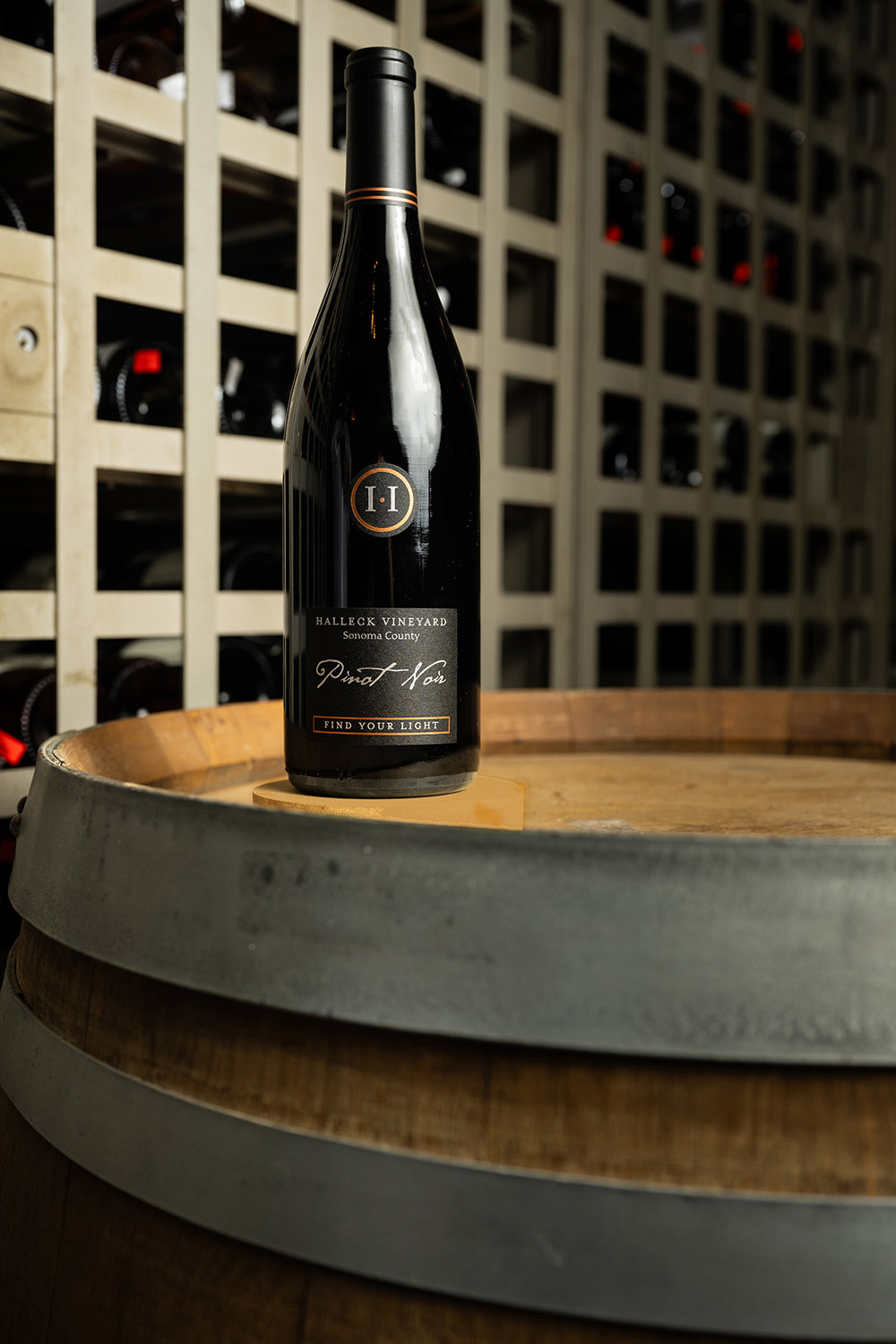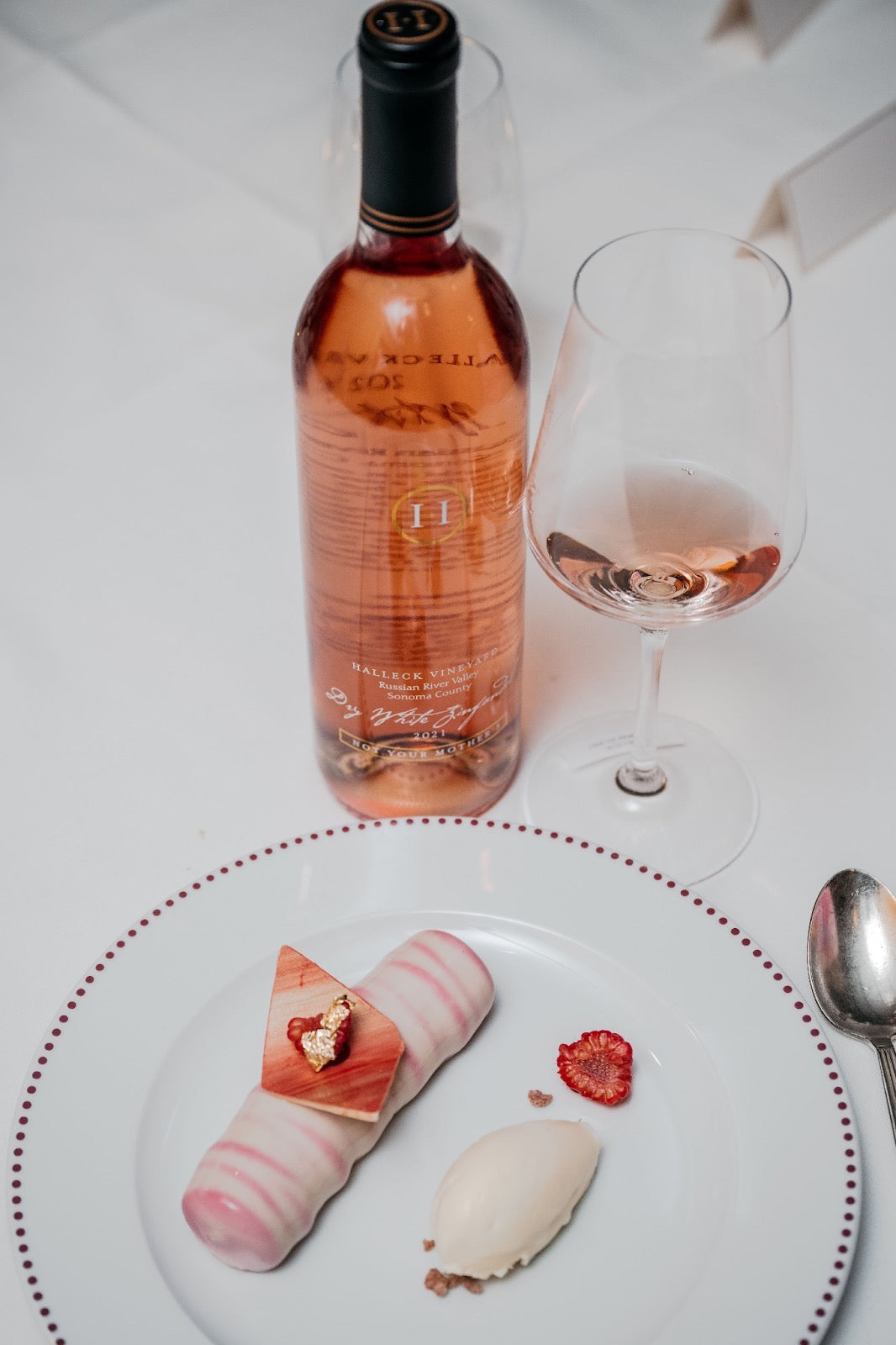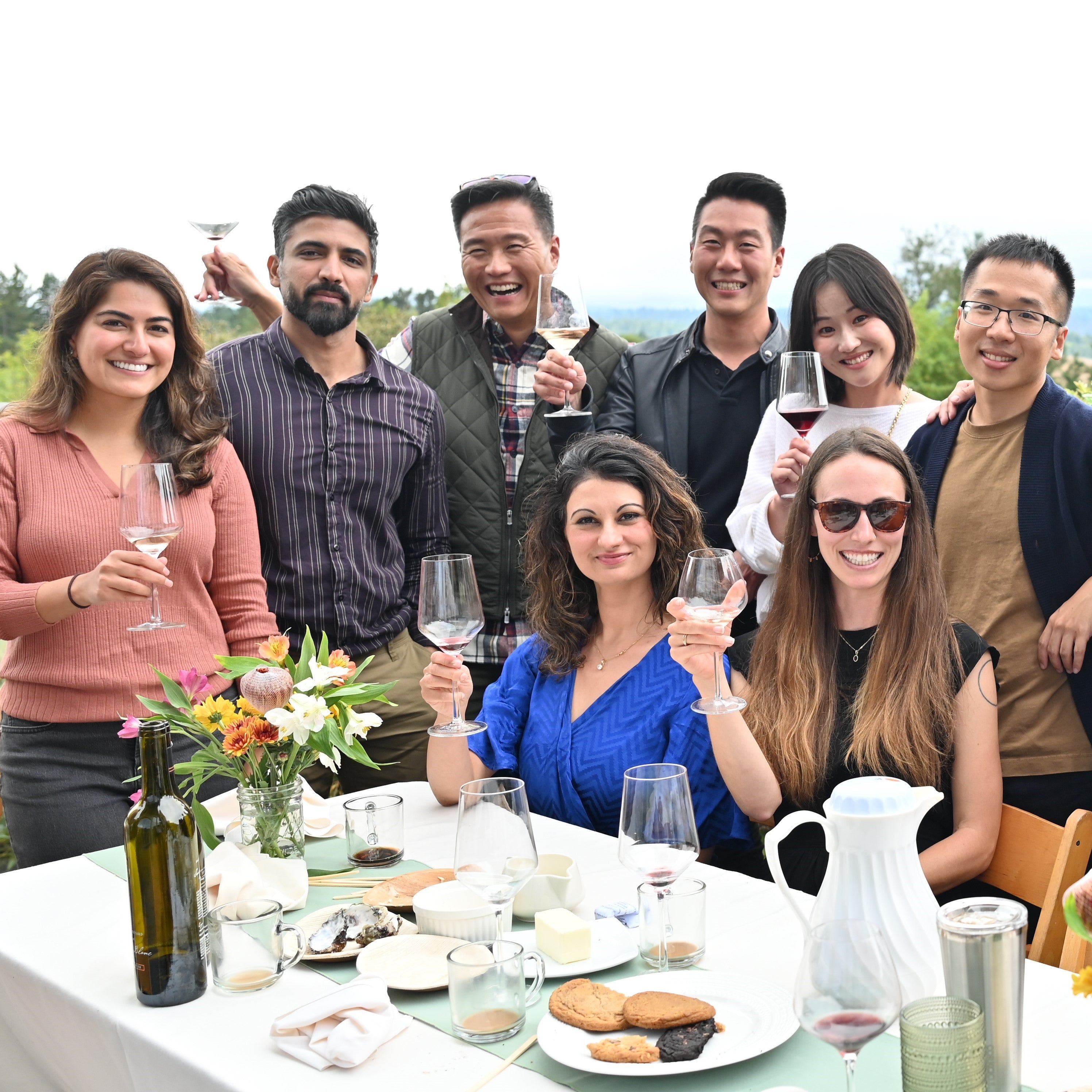Eco-Friendly Wineries In Sonoma County - Sonoma Wine Country Wineries To Explore
Eco-Friendly Wineries In Sonoma County - Sonoma Wine Country Wineries To Explore
Blog Article
Wineries Ideal For Large Groups - Sebastopol's Best Wine Trails
Wine tasting is an art that mixes sensory experience with an appreciation for the nuances of various varietals. How to judge flavors in winery wine tasting periods is pivotal to greedy the complexities of wine.
Partaking in a wine tasting entails greater than merely sipping and savoring. It requires a targeted method to identify aromas and flavors that each wine presents. As you start, observe the wine's look, noting its shade and readability. These visual cues typically suggest a wine’s age, grape variety, and even potential flavor profiles.
The next step in the tasting course of is to swirl the wine in your glass. This motion releases fragrant compounds which are important for analysis. Lean in and take a moment to inhale deeply; the aromas can range from floral and fruity to spicy and earthy. The nose of the wine is simply as important as the palate, and recognizing scents performs a big position in understanding the overall experience.
When taking your first sip, allow the wine to maneuver across your palate - Top Rated Wine Experiences In Sebastopol. Notice the preliminary flavors that present themselves. Is the wine fruity, floral, or perhaps herbaceous? This preliminary style provides insight into what the wine is more probably to specific as you continue to gauge it. The mouthfeel also contributes to the general flavor experience; it might be silky, tannic, or even effervescent.
Wineries Offering Elegant Wine Tastings - Wine Tasting Activities In Sebastopol
As you continue tasting, take note of the wine’s balance. A well-balanced wine will harmonize acidity, sweetness, and tannins. If one component overwhelms the others, it might point out a much less fascinating quality. Evaluating stability can help you determine how nicely the wine might pair with food.
Transitioning to the end, contemplate how the flavors evolve because the wine lingers on your palate. A long, pleasant end can indicate a high-quality wine, whereas a brief or abrupt finish might suggest in any other case. Replicate on whether or not the flavors remain consistent or if new notes emerge because the wine settles. This development can reveal complexities and intricacies that might not have been apparent within the preliminary tasting.
Temperature can be an important factor in evaluating wine flavors. Different forms of wine are optimally loved at specific temperatures. White wines often shine when chilled, whereas purple wines usually perform finest at room temperature. When tasting, make positive the wine is at the acceptable temperature to completely respect its character.
Wineries With Estate-Grown Grapes - Best Wineries In Sonoma For A Wine Experience
Pairing food with wine can significantly enhance the tasting experience. Foods can influence the notion of flavors in wine, both highlighting certain characteristics or diminishing them. When evaluating flavors, consider how the wine interacts with different meals, noticing which flavors are amplified or muted (Local Favorite Wineries In Sonoma).

Think About the affect of terroir as you engage in a winery tasting. Terroir encompasses the unique environmental components that affect grape rising, together with soil composition, climate, and geography. Understanding a wine's terroir can provide perception into its flavors and aromas, fostering a deeper appreciation for the choices made throughout its cultivation and production.
Schooling performs a basic position in enhancing one's ability to evaluate wine flavors. Learning about grape varieties, wine regions, and manufacturing methods can pave the way for more informed judgments during tastings. Additionally, attending workshops or classes can refine sensory skills and expand your flavor vocabulary, enabling you to articulate tasting notes extra effectively.

Finally, it is important to remember that evaluating wine flavors is a extremely personal experience. Individual preferences and perceptions will invariably form one’s tasting journey. Enjoyment must be at the forefront, with the analysis process performing as a device to boost understanding and appreciation quite than create rigid tips.
Wineries Featuring Vineyard Tours - Exploring Sonoma's Wine Landscape
In conclusion, mastering tips on how to consider flavors in winery wine tasting classes includes a combination of sensory engagement, information, and practice. By learning to establish aromas, assess the stability, and appreciate the intricacies of flavor, wine enthusiasts can deepen their connection to each bottle they encounter. As with any art type, the extra one immerses themselves in the experience, the more they'll discover and benefit from the vast world of wine.
- Begin by observing the wine's shade and clarity, as these visual elements can hint at its flavor profile and aging potential.
- Swirl the wine gently in your glass; this releases fragrant compounds, permitting you to raised determine the advanced scents related to the wine.
- Take a deep inhale earlier than tasting, specializing in each major and secondary aromas to gather insights on fruits, spices, and other nuances.
- When tasting, allow the wine to coat your palate; note the initial flavors, the mid-palate complexity, and the finish as these stages can provide different flavor highlights.
- Pay attention to texture and mouthfeel, as aspects such as tannin levels, acidity, and sweetness contribute considerably to the general tasting experience.
- Compare flavors against standard wine traits; for pink wines, contemplate berry notes, oak affect, and natural tones, while whites may include citrus, stone fruits, and floral hints.
- Take notes during the tasting session to trace your impressions, serving to you to remember and consider the completely different wines sampled.
- Talk About your findings with fellow tasters or winery employees, as sharing insights can enhance understanding and appreciation of individual flavors.
- Enable time for the wine to breathe; generally, flavors evolve and reveal new dimensions after being uncovered to air.
- Experiment with food pairings through the tasting as they can dramatically alter how flavors are perceived, influencing overall enjoyment.undefinedWhat ought to I search for when evaluating the aroma of wine during a tasting?
Start by swirling the wine in your glass to launch its aromas. Convey the glass to your nose and take a deep breath. Pay attention to the primary scents you detect, as these are often the most distinguished. Look for fruit, floral, natural, or earthy notes and try to identify particular characteristics, which will deepen your understanding of the wine's complexity.
Wineries That Welcome Walk Ins - Sonoma Wine Region Vineyards

How can I distinguish between completely different flavor profiles in wine?
Perceive that flavor profiles are often categorized as fruit, floral, herbaceous, spicy, or mineral. Take small sips and permit the wine to coat your palate. Notice the first flavors that emerge first and the delicate notes that follow. This layering is crucial in distinguishing the wine's characteristics and can assist you to recognize its unique profile.
Unique Wine Blending Experiences In Sonoma - Sonoma Wine Culture
What is the importance of the wine's texture in a tasting?

The texture of the wine, also referred to as mouthfeel, plays an important role in how we perceive flavors. Pay consideration as to if the wine feels smooth, creamy, or gritty. The body of the wine (light, medium, or full) can improve or distinction with flavors, offering a extra rounded experience throughout tasting.
How do I assess the steadiness of flavors in wine?
Balance in wine refers back to the harmony between acidity, sweetness, tannin, and alcohol. Take a visit moment to assess whether or not these parts complement or intrude with one another. A well-balanced wine could have none of its components overpowering the others, creating a nice tasting experience.
Wineries Showcasing Local Art And Crafts - Enjoying Wine Tastings And Vineyards Near Sebastopol
What position does temperature play in evaluating wine flavors?
Temperature can significantly impression the perception of flavors. Typically, purple wines are best served barely below room temperature, while white wines benefit from being chilled. As the temperature modifications, the aromas and flavors can shift, allowing you to perceive completely different characteristics. It’s important to taste wine at its optimum temperature for true evaluation.
Wineries Promoting Sustainable Farming - Luxury Wine Tasting In Sonoma County
How can I enhance my tasting skills over time?
Practice is key to enhancing your tasting skills. Wine Tasting Tours In Russian River Valley. Attend tastings, maintain a journal of your experiences, and discover several sorts of wines to broaden your palate. Additionally, studying about wine production and grape varieties can provide context that enhances your analysis process, making you a more knowledgeable taster.
Is there a specific order by which I ought to style the wines?
Wine Tasting Experiences With Local Cheese - Unique Wine Tasting Experiences In Sebastopol
Yes, it’s advisable to taste wines from light to full-bodied and dry to candy. This progression prevents the stronger flavors from overshadowing the more delicate ones, permitting you to totally appreciate each wine's traits and nuances with out palate fatigue.
How can I evaluate the aftertaste of wine?
Vintage Wine Tasting Experiences In Sebastopol - Wineries To Visit
The aftertaste, or end, is a vital facet of the wine-tasting experience. After swallowing, take note of how long the flavors linger on your palate and whether they change. A long, nice end is commonly an indicator of a high-quality wine, whereas a brief or unpleasant finish may suggest in pop over to this web-site any other case.
Why is it necessary to notice the wine’s acidity throughout tasting?
Acidity contributes to the overall freshness and structure of the wine. Pay attention to the tingling sensation in your tongue; larger acidity can enhance the wine's liveliness and stability out sweetness. Noting acidity helps determine the wine's versatility with food and its aging potential.
What ought to I do if I wrestle to determine specific flavors in wine?
Scenic Vineyard Tours In Sebastopol - Best Vineyard Visits In Sonoma
Struggling to identify flavors is common, especially for beginners. Focus on broader categories and describe what you possibly can recognize, such as sweet or earthy notes. With practice, reading about different flavor profiles, and maybe utilizing flavor wheels, you may refine your senses and develop a extra nuanced strategy to tasting. Report this page